Our Demolition Delay By-Law, Time Capsules, and Other Thoughts about Working for the Historical Commission, Part 1

Sean and Rita Burke moved their late Victorian home from Triangle Street to Cushman. in 1983 in order to preserve it. The photo shows the house in its new location in Cushman. Photo: Sean and Rita Burke
Amherst History Month by Month
A news article from a couple of months ago encouraged me to review the limits of our permitting and demolition delay review procedures in Amherst as these relate to historic buildings. I’d read that McCoy Stadium, built between 1938 and 1942 in Pawtucket, Rhode Island, had just been demolished. This much-loved historic landmark is in a special category that—quoting the Beatles—I call “places I remember.” Maybe you also know this stadium as the place where the Paw Sox (the Minor League affiliate of the Boston Red Sox) played from 1970-2020.

When we lived in Providence in the late 1980’s, I worked at the Providence Children’s Museum, which was located near the stadium. Paw Sox games were favorite outings for volunteers, board members, and staff; it was where I learned “Take me out to the Ballgame” and ate Cracker Jack (caramel-coated popcorn for those unfamiliar) for the first time. The Children’s Museum then, and until 1997, lived in a handsome early Italianate mansion perched above Interstate 95; it was called the Pitcher-Goff House and was situated right by the famous “S-curves” of Interstate Highway 95 before entering Massachusetts.
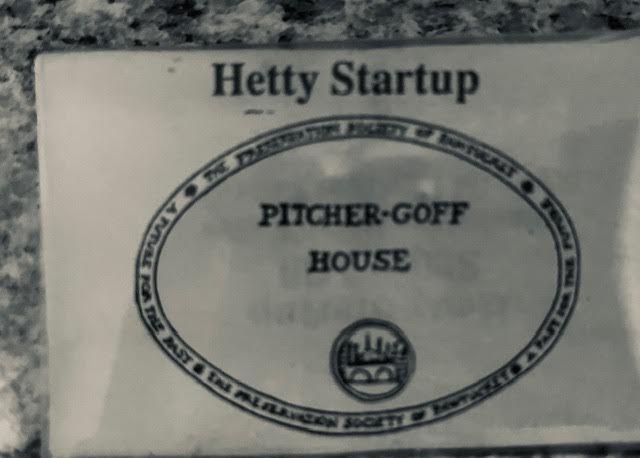
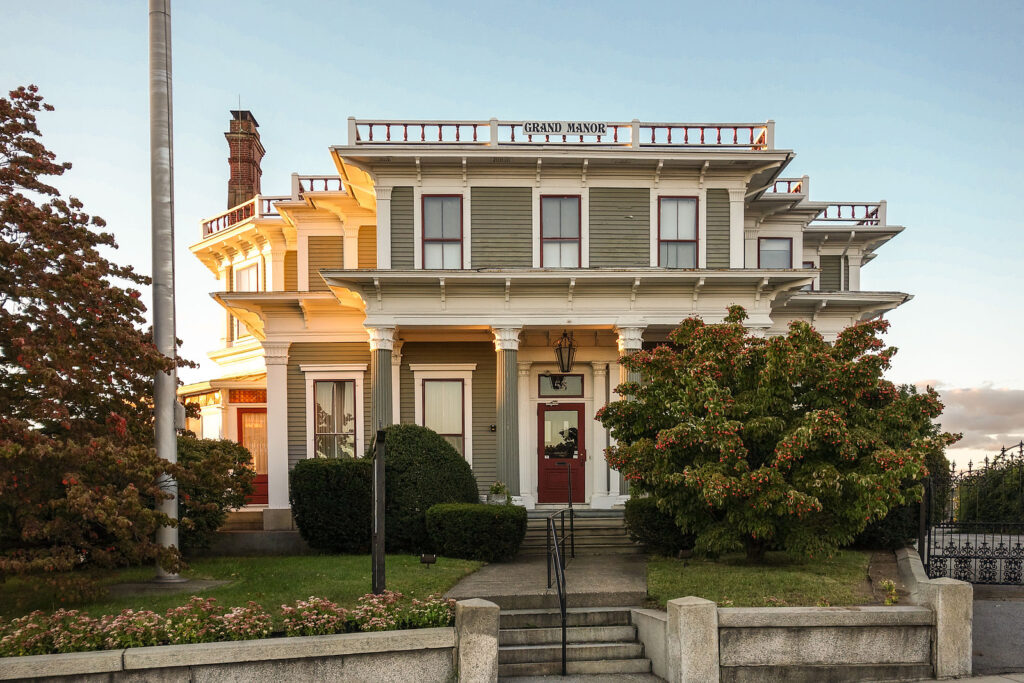
Aside from the striking dynamic of the design of McCoy stadium itself, it transpires that not one but two time capsules were found when the historic sports building was torn down this past May.
Time capsules may be having a moment. Our very own Fort River School just held a ceremony where their time capsule, buried in 1994 was unearthed as part of a community event. And, it seems to me, significant historic buildings are a little bit like time capsules writ large. A cultural commentator I follow, known by the pseudonym, The Gentle Author, has called historic buildings “vessels of memory.” Apart from time capsules, another way to help preserve historic character in our town is by using the tool that is the demolition delay by-law, adopted by Town Meeting in May 1999.
Our Historical Commission (AHC) gets to participate in this process alongside the town’s Building Commissioner, currently Rob Morra. Commission members over the last two decades have helped to preserve the historic character of Amherst through its public hearings. Abutters to any property under review for demolition are also involved. With each public hearing that I have participated in – and with every new building that goes up in this town – I’ve had a front row seat in seeing how a part of this process works and when it currently doesn’t protect our historic resources enough.
I know that if/when we decide to demolish significant historic structures, commissioners here [in Amherst] are experienced in weighing the pros and cons for the town’s permit, considering the architectural and historical significance of the property, and thinking about what kinds of assurances, resources, or mitigation efforts might inform the process of deciding on a particular course of action. I sometimes wish we had the power to deny as well as delay demolition permits but that is not how the by-law was written. We have the capacity to impose a delay of up to 12 months in Amherst, with some conditions. Other cities and towns in the commonwealth have different time periods and/or conditions.
I believe it would help the environment and the historic integrity of our town to ask for more restraints: first, to always offer alternatives during the demolition process such as reuse of building materials. Or the donation and sale of the same to secondary markets. More recently the term”deconstruction” is being used to educate members of the architectural and construction community about the costs of embodied carbon. The Boston Society of Architects and the state chapter of the American Institute of Architects are also being called to deal more responsibly with detritus and re-use of materials. Some individuals take this on privately, but I think we must do better at expecting larger entities and organizations in our town to do so too. We could also have applicants consider relocating a threatened building rather than demolishing it; although I know this is a costly alternative usually only possible for some high-wealth individuals.
But moving historic structures (modest or quite grand) has a long tradition and I have seen it happen to preserve a sense of continuity with our pasts. I do know of families in town who were able to purchase land and rescue a home threatened with demolition. They were able to move it to a new location. Sean and Rita Burke managed the saving of a late Victorian house on Triangle Street to a new location on the vacant parcel they had purchased in Cushman in the early 1980s. Rita Burke told me ..’ “We began to deconstruct the house to move it in 8’ sections (with [all] its related bits and pieces) on a flatbed truck and the aid of a pick-up in 1983. We received our certificate of occupancy in mid April 1984.” The house, now on Henry Street, contributes sympathetically to the existing neighborhood of single-family homes from the late 18th, 19th and 20th century, in a diverse range of architectural styles.
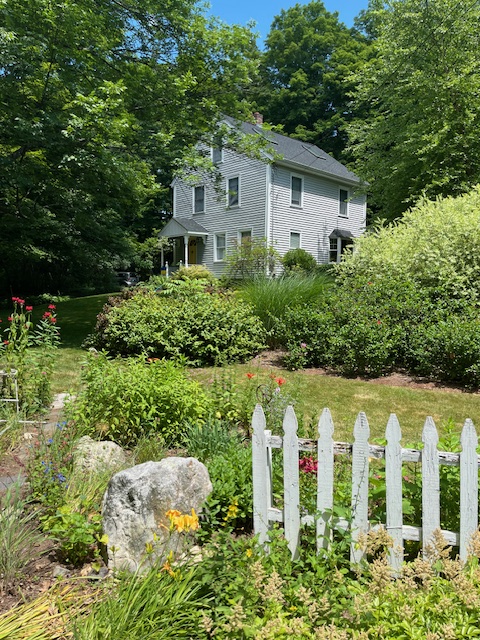
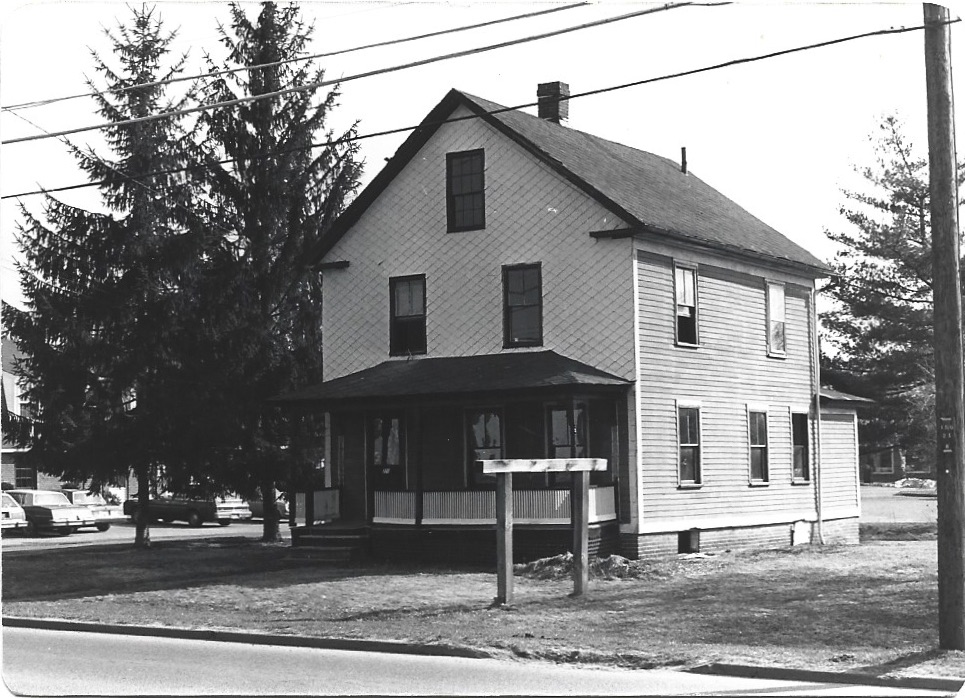
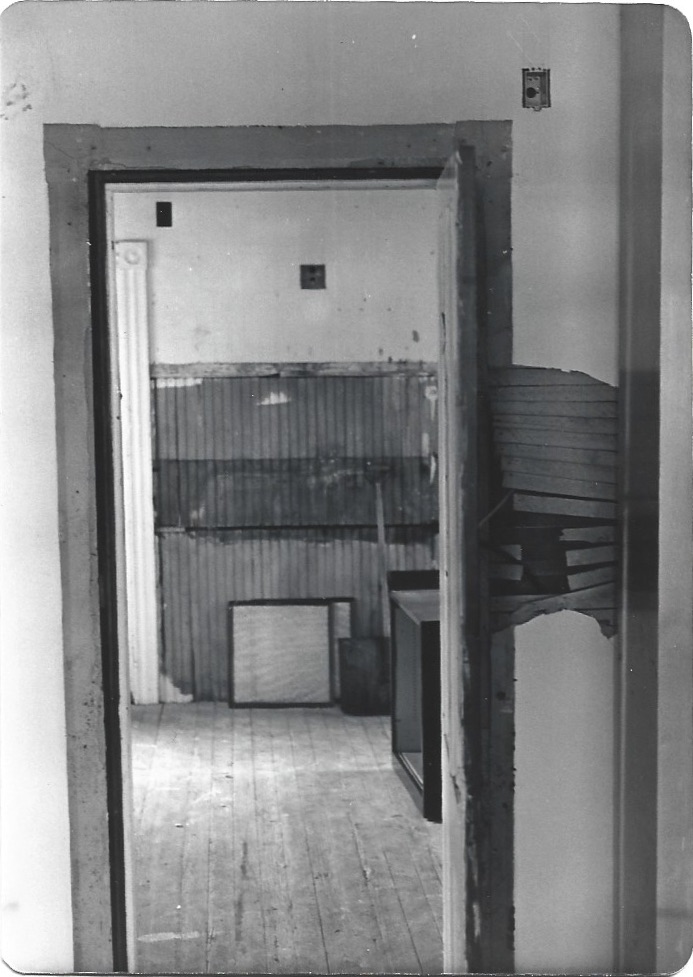
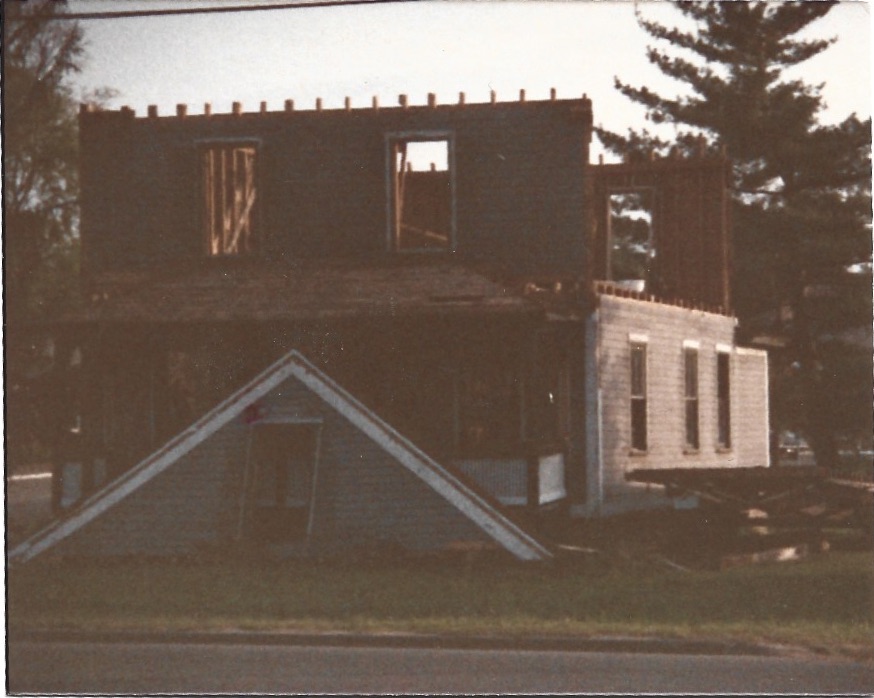
In Amherst, it has been increasingly challenging to follow the by-law because we are a town that has become rightly taken up with housing issues. While property developers routinely invoke their support of affordable homes, this type of much-needed housing is frequently not what is actually built. Good citizens who are local policy wonks have begun to tout housing as the best way to improve our tax base. All round, there is pressure to build and, looking back over the time that I have been on the historical commission, from 2020 onwards, the decisions we have made favor new construction more than historic preservation. Of course, demolition delay is [just] a tool, but a meaningful one, offering the community some breathing room to think through alternatives to development/new construction.
This process worked amicably enough with a small Greek Revival house dating to the mid 1800’s on a sizeable lot on Amherst Road, on the Amherst/Leverett line. It is great to see this house survive. It is set back from the street (and if you are driving too fast you will miss it!) It is very classic (Greek Revival) front elevation and especially, its doorframe and entry, is one of several in the Amherst/Leverett area that according to its Form B narrative is characteristic of a regionally distinct look in terms of neo-classical design. So far, the demolition delay has also stayed the bulldozer on South East Street, where there are three single-family homes currently next to the intersection with Route 9, one of which has some very interesting historic features. They are modest in scale, like many of the older homes in East Amherst. But nothing is ever going to convince me that the wool wasn’t pulled over our eyes with the demolition of 45/55 South Pleasant Street, where the applicant managed over time to nudge the project away from a mixed-use housing development (demolishing a brick structure #45, with an interesting history) into a downtown dormitory for Amherst College.
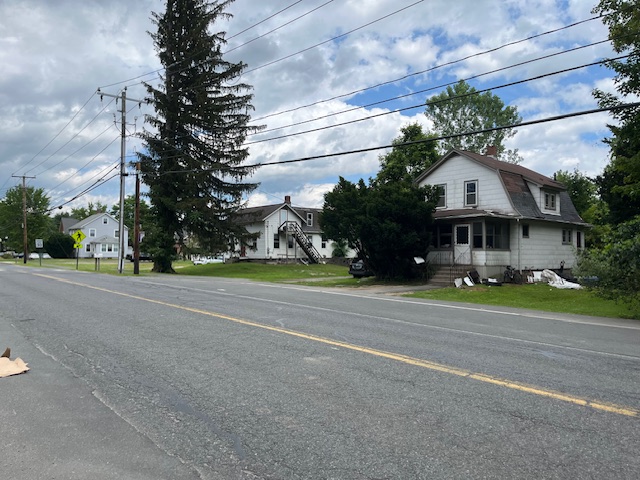
It is hard to predict how demolition delay decisions will play out over time, especially for the Jones Library project. Generally speaking, assessing the present, knowing how to evaluate the past, and imagining the best futures in the public interest are all a part of the process.
This isn’t the first time I have tried writing about what the work of the AHC has involved. In May, 2025 there were two Amherst College demo delay hearings for the Dakin estate and 70 Northampton Road. Both properties had suffered neglect over time. In this context, it is worth considering the fact that some towns and cities have passed what are called “Property Maintenance Ordinance” laws that address all houses with minimum maintenance requirements to avoid demolition by neglect, which is what seems to have been the case, especially for the Dakin estate. Such requirements can work well if enforcement is conducted by town Inspection services or a town’s Building Department. This kind of law migjt have saved one of our few existing early nineteenth-century homes in East Amherst, The Charles Leeds House (1836), in the East Village Historic District. The home was granted a demolition permit in 2023 and demolished and the lot remains empty.
This article is my personal take on demolition issues and is not representative of the views of other Amherst Historical Commission members, past or present.

My 1737 house was slated for fire department practice in 1974. Luckily we got to the bank before the fire to save the home of Baxter Eastman, the trolley conductor portrayed in the Amherst History mural.
Hilda, the house that once sat at 50 Henry Street (captured in a historic Howes Brothers photo we own) was used for fire department practice around the same time; perhaps saving your house inadvertently led to the vacant parcel in Cushman that became the new location for our saved house.
Note: The Amherst Fire Department historically used deteriorated houses, including historic ones owned by Amherst College, for training exercises involving controlled burns. The town no longer uses this method of training.
The “old” Sacco house (remember the bakery?!) was used for fire practice as was a sweet gingerbread house on the Fort River school site. I’m glad that firefighters have better educational options fifty years later.